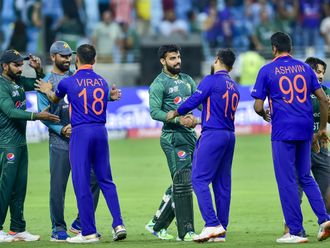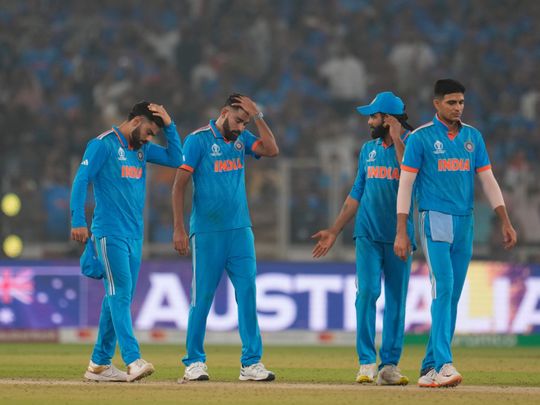
Dubai: The Indian fans suffered a massive disappointment when Men in Blue lost the World Cup final to Australia in Ahmedabad on Sunday. Australian captain Pat Cummins had told a press conference on the eve of the final that he is not bothered by the huge support for India in the 130,000-seater stadium and his team’s target is to silence those present. He successfully managed to achieve it after a clinical bowling display reduced India to 240 in 50 overs and a century by Travis Head and a patient knock from Marnus Labuschagne’s ensured a six-wicket win for Australia to claim their sixth World Cup crown. It was the first loss for India in 11 matches after a superlative performance in the tournament, painful since it happened in the match that mattered the most. It is the third time that India have come close to the title and lost in the knockout stage. In 2019, after a brilliant run, the Men in Blue lost to New Zealand in the semi-finals while in 2015, India lost to Australia in the semi-finals. Gulf News takes a look at five key reasons for India capitulating in the final.
Dew factor played its part
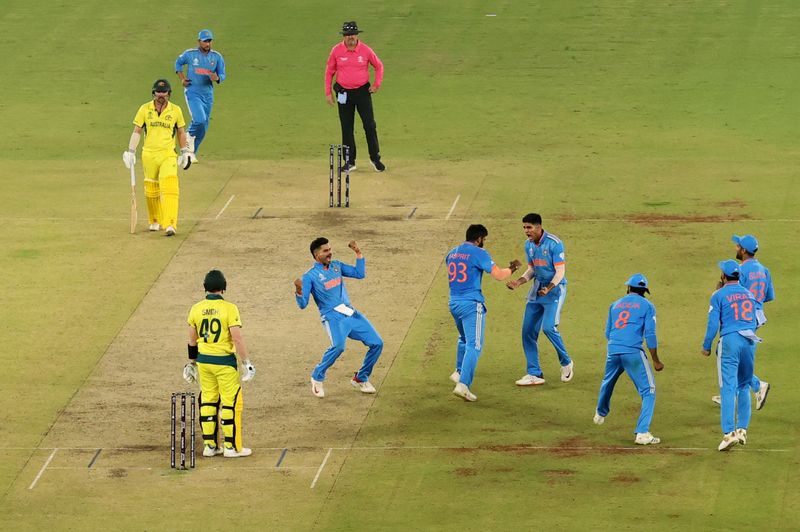
The condition of the pitch changed to a great extent that the bowlers were not able to make any impact on the batters. Head was able hit through the line as the ball was coming on to the bat nicely, which was not the case earlier when India were batting. It is a minor factor, but a significant one. Any team batting second would have had the advantage and the Australians need to be credited for reading the conditions well. In their eagerness to get early wickets, India tried far too many things too soon and even the pacers were wayward to start with, an uncanny trait unseen so far in this tournament. To curtail the runs and also get some spin, Rohit Sharma brought Ravindra Jadeja by the 11th over, but by then the wicket has started to settle down, making it difficult. A few catches went past the slips, which in hindsight one could say that the Indian skipper should have attacked, but with 60 runs on the board, Rohit must have felt better to save the runs, but fortune favours the brave. An attacking field could have yielded a few more wickets early on.
Australia’s stunning fielding display

The ageing Australian side threw themselves on the field like they are jumping on a bed of roses to save every extra run. In the end, the Australian team, with David Warner, Head and Labuschagne as the main protagonists, must have saved at least 30-40 runs, which could have changed the overall complexion of the game. Also the stunning catch that Head took literally brought Australia back when Rohit Sharma was threatening to take the match away with his attacking game. At one stage it seemed that there were at least 15 Australian fielders on the field when it was actually 11. They didn’t put a foot wrong.
Lack of plan B and innovation
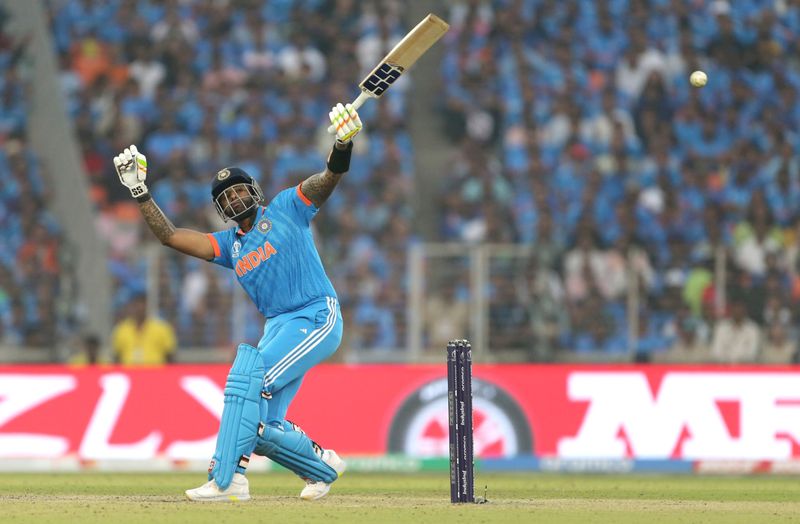
The 10-match winning streak gave the Indian team a huge confidence boost, but what it also did was that they were not given the option to look for a Plan B. Be it the team composition or the position they batted. A bigger stage requires thinking out of the box. India won the 2011 World Cup when Mahendra Singh Dhoni promoted himself ahead of Yuvraj Singh to surprise the Sri Lankans in the final. He was able to essay a winning script. The Indian team management could have done something similar against Australia. When Rohit and Shreyas Iyer were dismissed in immediate succession, the team could have promoted Suryakumar Yadav, who is very good impact player, and could have gone after the bowling. Even Ravindra Jadaja would have been a better bet. A left-right combination could have made the bowlers change their line and length and erred. During the league games, especially in the final game against the Netherlands, Ishan Kishan could have been given a chance instead of Suryakumar, the world No 1 Twenty20 player is not able to come anywhere close to that form in ODIs, but the winning combination persisted with him right through.
Superior Australian bowling and batting
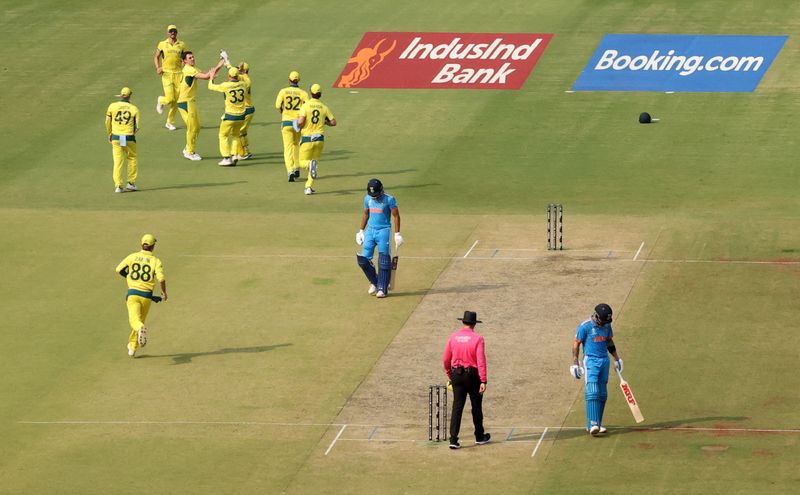
The Australians were ready for the slow, low-bounce pitch. They were bowling cutters and slow bouncers by hitting the deck hard and not giving any pace to the India batters. If one may recall, the Australian bowlers did the same in the third ODI in Rajkot, which Australia won prior to the World Cup. Mitchell Starc, skipper Pat Cummins and Josh Hazlewood waited for the right opportunity to catch the Indian batters by surprise and delivered to perfection, not giving much room on the front foot. They controlled the middle overs well and did not give a single boundary during a 97-ball period, which put India on the backfoot after a blistering start.
Lack of all-rounders
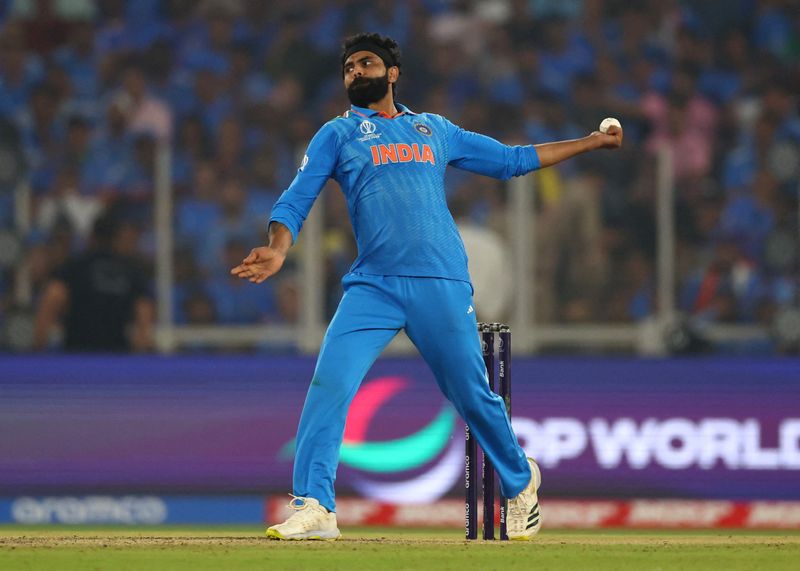
If one may recall, the team that has the maximum all-rounders tend to emerge winners in whiteball cricket. India failed big time in this department by not grooming anyone for that role. In fact, except Ishan Kishan no other players has made his debut in the current Indian World Cup team, while as many as another 20 players were tried and tested as part of the team building process, no one was actually groomed to be in the Indian senior team. Hence, when ace all-rounder Hardik Pandya suffered an injury and was ruled out of the World Cup, the selectors had to rope in Prasidh Krishna, predominantly a fast bowler. That leaves with Ravindra Jadeja as the only genuine all-rounder. One may argue that Ravichandran Ashwin and Shardul Thakur are also all-rounders, but what is the requirement is a genuine all-rounder who could walk in to any team just for his batting or bowling skills. When Ben Stokes decided not to bowl, England still could pick him for his batting skills alone, so is Pandya. On both occasions when India won the World Cup, the teams were filled with genuine all-rounders who could turn the match around with either of their skills.


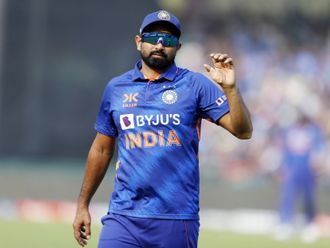
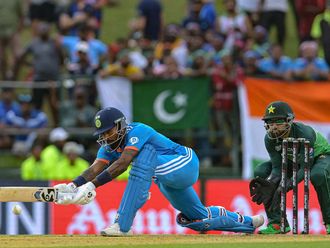
![Copy of SPO AFP FILE- INDIA PAK [1]-1734891164918](https://imagevars.gulfnews.com/2024/12/22/Copy-of-SPO-AFP-FILE--INDIA-PAK--1--1734891164918_193ef925509_small.jpg)


